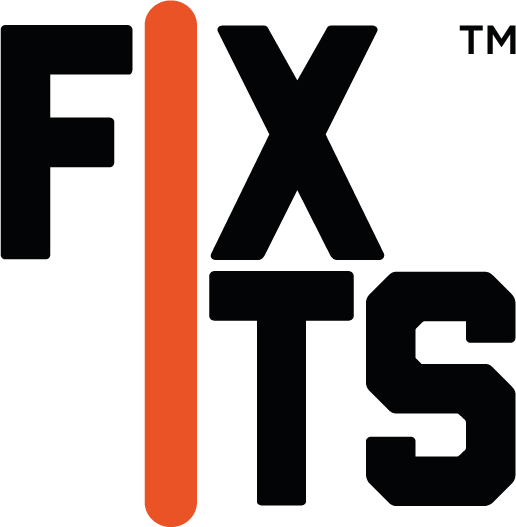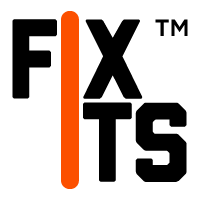Creating a brand is tough, but creating one for a new product type that doesn’t exist, one which solves a problem that consumers don’t know they have, is really tough. Designing products with material stories at the centre is what the Chris Lefteri Design studio does best. FixIts is a marketing story, a story of material re appropriation; one seeded twenty years ago when Chris was researching his first book on plastics. As FixIts celebrates its second birthday this month here are 5 things Chris learned about materials story telling for a new lolly stick shaped, mouldable eco plastic product with limitless uses in daily life.
- Hang as much of the story as possible on making the product feel familiar to consumers. If you are introducing the world to a new product with a new use, make it a shape that is simple, eg similar to a lolly stick, nail-file etc. A handy shape that through its proportions suggests to users its function; dunking it into a cup of hot water to soften, a shape that suggests it fits into daily rituals, neatly into a kitchen drawer, back pocket or pen pot. We explored a whole range of sometimes novel shapes but why cloud an already unfamiliar story with more layers?
- Put the brand name to work and let it communicate the product’s function. Not so critical if you are developing a new way to pitch chocolate or a new story for tape but critical if no one knows what to do with your product. We toyed with a plethora of names, some of which were deliberately ambiguous to reflect the idea FixIts could do many things. In the end the fact that people get that its a product to fix has helped, even though fixing is only one of its uses.
- The focus of a material centred product story should be the emotional, functional or sensorial benefit for the consumer. For a new type of product that requires a new way to use it - i.e you don’t squeeze it from a tube or pull it from a roll - the key message is not about HOW to use the product but WHY people need it. The HOW of using FixIts was one of the first triggers that inspired me to develop the product. It is still the biggest hook when people see the stick go floppy in a cup of hot water. But showing people how to use FixIts was not the most important story. For us we have found the “WHY you need this new product” much more powerful.
- As simple as a stick is, make the product desirable. The intrigue of a pretty product is a huge draw, its what helps us give the brand a lifestyle, easy to use focus away from traditional DIY. Even without heavy communication in point of sales displays, individual sticks sell much faster than those in packs because customers are intrigued by the stick. The intentional selection of the surface texture, which feels silky smooth when you touch it, and the use of lovely colours is a huge part of the attraction beyond it’s benefits. People should want to own your product and one day they might find a use for it.
- Separating what we knew about the product and thought was going to make it successful, from the story consumers needed, was the part that took the longest. This single point took many, many updates to the pack design and content of the website. It was only by describing the project to friends that Chris realised that his inspiration was not going to be enough and that the consumer needed a very different story.




